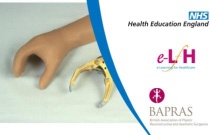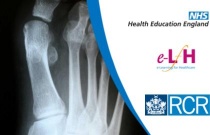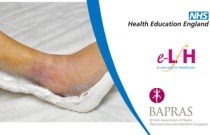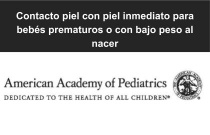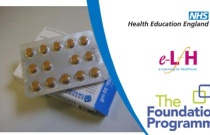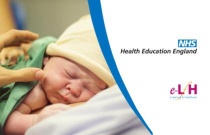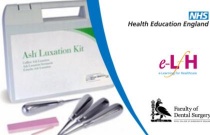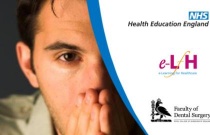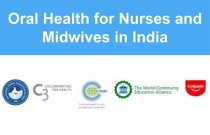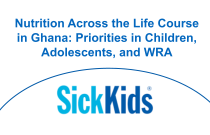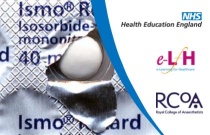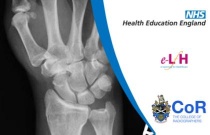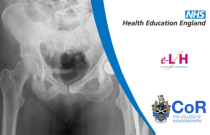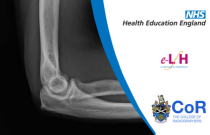NHS Regulations and Their Impact on Delivering Treatment Options
Michael Watson
The session compares the national NHS dental contract retained in Scotland and Northern Ireland with the new local contract in England and Wales. It looks at the effect of the different regulations on the delivery of NHS dental care.
Prosthetics in Plastic Surgery
Kuen Yeow Chin and Jane McPhail
This session explores the role of prosthetics in plastic surgery, identifying the substances used and describing the steps involved when planning and manufacturing a custom prosthesis.
Hallux Valgus
Stephen Davies
This session describes the radiological features of hallux valgus. There is a description of orthopaedic measurements and postoperative appearances.
Building a Net Zero NHS
Stefi Barna and Frances Mortimer
Welcome to this session about the effects of climate change on health and what healthcare must do to become more sustainable.
Splints and Casts
Lyudmila Kishikova and Kaushik Chakrabarty
This session will examine the use of splints and casts as an adjunct to promote healing or as primary treatment.
Contacto piel con piel inmediato para bebés prematuros o con bajo peso al nacer
Dr Emily Ahn, Dr Harish Chellani, Dr Karoline Cecilie Lode, Dr Naana Wireko Brobby, Dr Nalini Singhal, Dr Nils Bergman, Dr Osagie Ugowe, Dr Siren Irene Rettedal, Dr Stina Klemming, Dr Sugandha Arya, Dr Suman Rao
A nivel mundial, 1 de cada 10 bebés nace prematuro, es decir, antes de las 37 semanas de gestación, y muchos más nacen con bajo peso (menos de 2500 g). Hoy en día, las complicaciones derivadas del parto prematuro constituyen la principal causa de muerte infantil en todo el mundo. Sin embargo, hay nuevas pruebas científicas de....
Safe Prescribing in Renal Impairment
Mee Onn Chai
This session will provide an overview of the pharmacokinetic and pharmacodynamic changes which occur in patients with renal impairment. It will also highlight how changes in drug dosing regimes are necessary to prevent adverse events. Finally, the session will also describe the classification of chronic kidney disease (CKD) and....
Resuscitation Newborn Level 2
National Health Service
This session meets the statutory and mandatory training requirements and learning outcomes for Resuscitation Newborn Level 2 in the Core Skills Training Framework (England) v1.1.
Effective Exodontia
Atheer Ujam
This session will help to apply knowledge of tooth anatomy and root morphology to achieve effective tooth exodontia. Furthermore, an understanding of the surgical instruments used in exodontia and how to apply them in each clinical case is discussed.
Assessing the Anxious Patient
Kathy Wilson
This session describes the aetiology of dental anxiety and the main barriers to receiving dental care for the anxious patient. The procedure for patient assessment will be described and the management options available will be highlighted.
Oral Health for Nurses and Midwives in India
Jill Iliffe
• The course has six modules. • Each module should take around 30 minutes to complete. • There is a pre-test quiz and a post-test quiz. • There is a short quiz after each module for you to check how much you have remembered. • At the end of the course there are resources relevant to each module you can download for future re....
HTWB Telemedicine Course
Rmaah Memon, Stella Nam, Sakina Naqvi, Mary Showstark, Marianna Petrea-Imenokhoeva, Jarone Lee
Health Tech Without Borders is offering an urgent care telemedicine course for all Pakistan-based physicians who are currently practicing or are interested in practicing telemedicine. This course, designed by several physicians, introduces how to practice urgent care in the telemedicine setting. The course focuses on four major....
Nutrition Across the Life Course in Ghana: Priorities in Children, Adolescents, and WRA
By the Institute of Global Health and Development, Aga Khan University in Karachi, Pakistan and the Centre for Global Child Health at The Hospital for Sick Children (SickKids) in Toronto, Canada
This course provides health professionals in Ghana with a thorough understanding of nutrition for infants, children, and adolescents, emphasising its impact on long-term health. It covers key influences on adolescent health and teaches the HEEADSSS psychosocial interview to explore these factors. The course also highlights nutri....
Managing Side-effects and Complications of IUD and IUS
Anita Maini
This session outlines the side-effects and complications of intrauterine device (IUD) and intrauterine system (IUS) use. It discusses both immediate side-effects on insertion and problems that arise with long-term use. It also outlines the management plan when a complication arises.
Contraceptive Needs of Women with a Raised BMI
Laura Patterson
This session considers the safety and effectiveness of contraception in individuals with a raised BMI. It also includes some practical considerations.
STI Testing
Dr Theresa Laverty
This session will cover testing for common sexually transmitted infections (STIs) and blood-borne viruses (BBVs). It will explore current testing options for these in the community and home testing and when to refer to specialist services. This session looks at the diagnostic methods used for vaginal discharge. It describes asym....
Tolerance and Tachyphylaxis
Mark Prince
This session describes the definitions, mechanisms and clinically relevant examples of drug tolerance and tachyphylaxis.
Image Interpretation - Adult Skeleton (X-ray): Wrist - Session 3
Claire Giles
A self-evaluation quiz based on Image Interpretation - Adult Skeleton (X-ray): Wrist - Sessions 1 and 2.
Image Interpretation - Adult Skeleton (X-ray): Hip - Session 3
Kara Mell
A self-evaluation quiz based on Image Interpretation - Adult Skeleton (X-ray): Hip - Sessions 1 and 2.
Image Interpretation - Adult Skeleton (X-ray): Elbow - Session 3
Sarah Gallimore
A self-evaluation quiz based on Image Interpretation of the Image Interpretation - Adult Skeleton (X-ray): Elbow - Sessions 1 and 2.
Drug Metabolism and Excretion
Matt Baynham
This session describes the processes of metabolism (biotransformation) of drugs within the human body, where these processes occur, and factors that influence them. The session also gives clinical examples of these processes that are relevant to the anaesthetist.
Pharmacokinetics
Patrick Hopton
This session contains a series of short revision tutorials and multiple choice questions to help who are candidates preparing for the Primary FRCA Examination.
Benzylisoquinolinium Muscle Relaxants
Charlene Grassman and Chris Parker
This session describes the benzylisoquinolinium neuromuscular blocking agents, including their pharmacological properties and cardiovascular side-effects.


